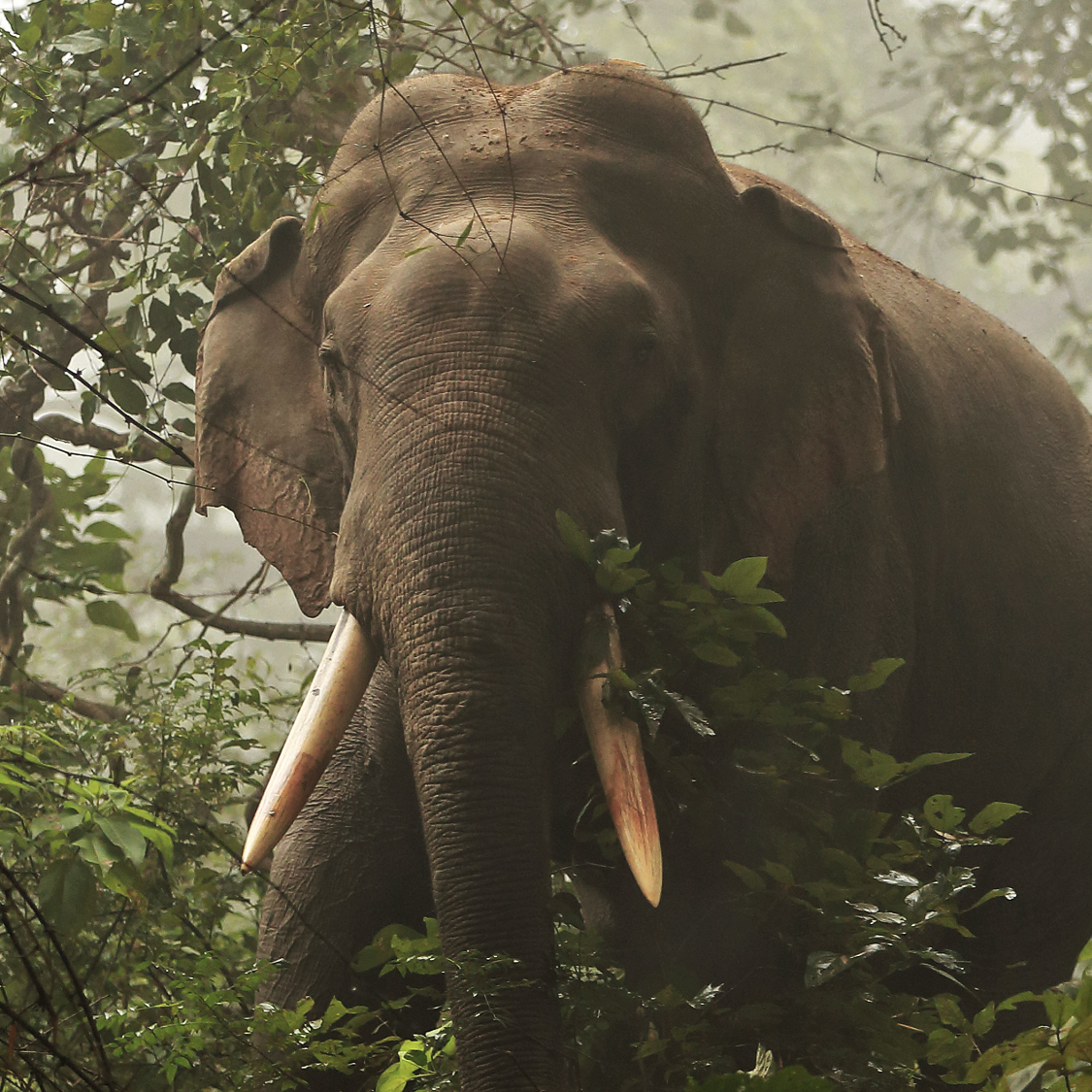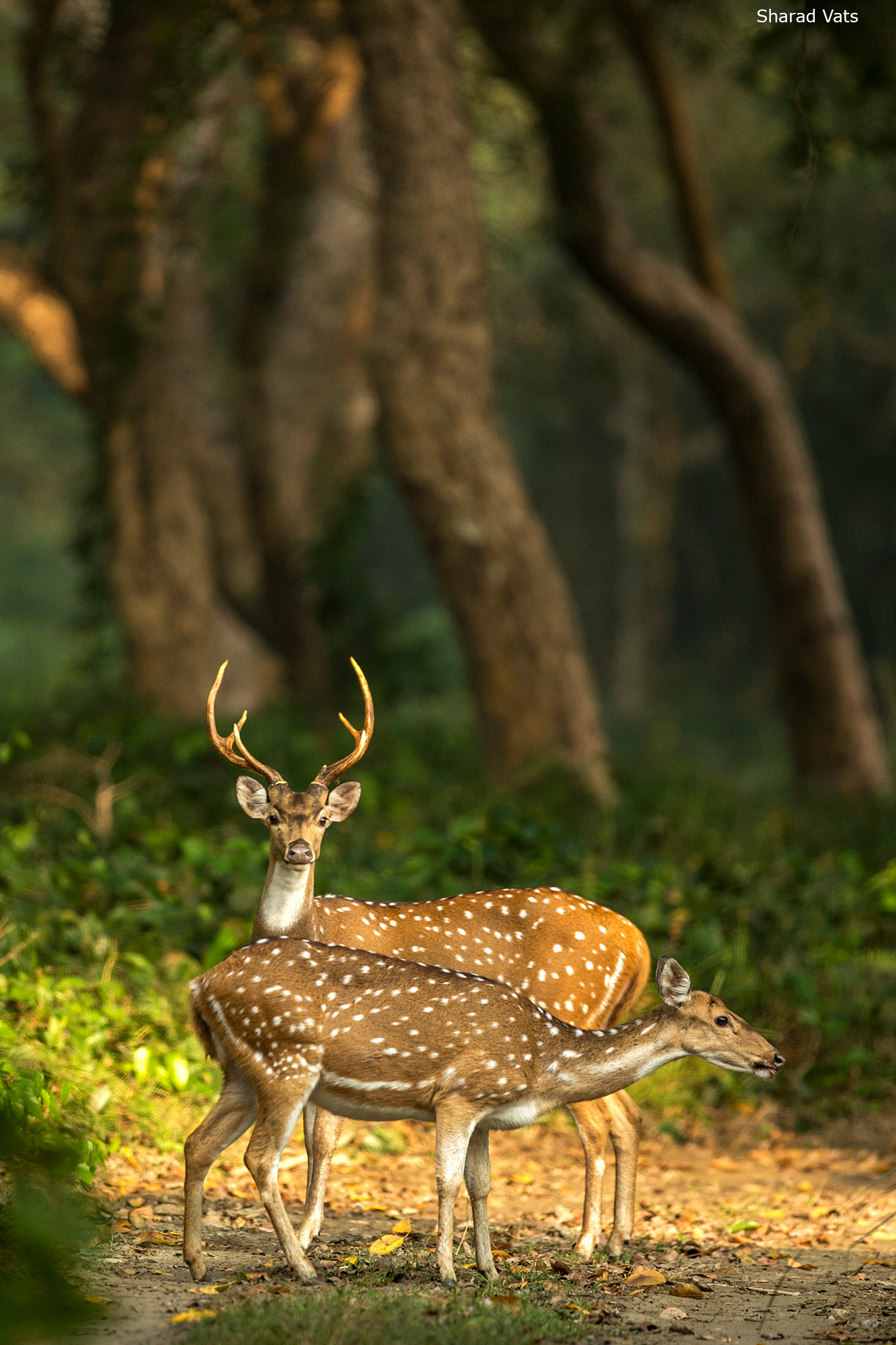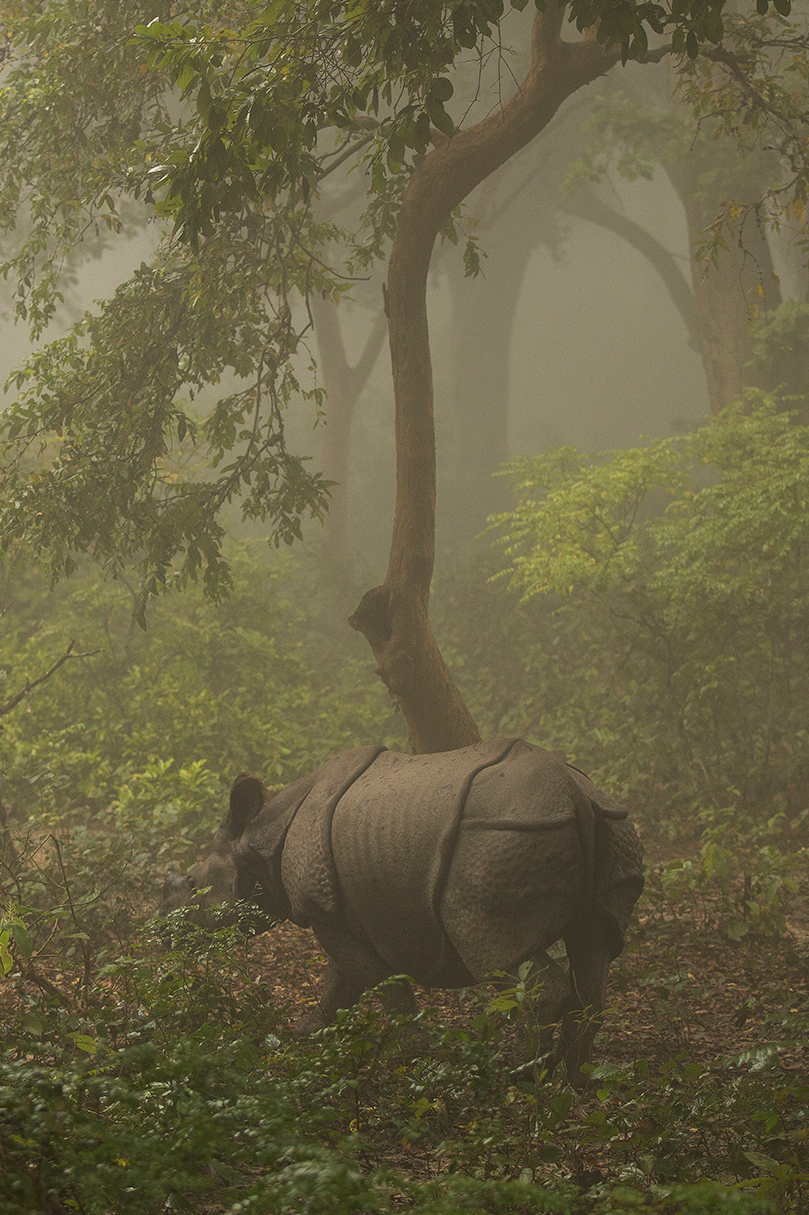Beauty
Untouched and pristine
About Dudhwa
If you like to relive the prehistoric era then Dudhwa National Park is the National Park for you. Surrounded by Sal trees and Tall Grassland provides perfect back drop for most vulnerable species to thrive and co-exist. Sal accompanies with Shisham and Jamun ornate Dudhwa National Park. The wildlife thrives in Lakhimpur and Kheri District of Uttar Pradesh. The Lifeline of this forest is river Mohana Khola which criss-crosses in Nepal and India. Nature does not understand human borders and provides shelter to its wildlife beings without any boundaries. Little less known fact is the presence of River Dolphins post monsoon season.
Dudhwa and Pilbhit
established
as per 2015
Species
Distance from major cities
How to reach Dudhwa

Delhi: 410 kms
Mumbai: 1277 kms
Bangalore: 1697 kms
They are 4kms, 14 kms and 50 kms from Dudhwa National Park respectively. It would take 8 -10 hours from Lucknow city to reach Dudhwa on train.
Lucknow is well connected Station and from here on you can take the onwards journey to Dudhwa National Park.
Take National Highway 30 from Lucknow and head towards Sitapur which is 80 kms away.
From Sitapur head towards Lakhimpur on Lakhimpur – Kheri road.
After reaching Lakhimpur you would take road to Palia Kalan. Before Palia Kalan there is bridge which is used by Railways and Road Vehicles both.
After Palian Kalan Dudhwa Forest gate is only 7 kms.
Almost all domestic carriers fly in and out of Lucknow. From Lucknow you can take Taxi as it is 238 kms.
Take SH 530 to Kalapur Bilwa.
Head on NH 30 from Bareily by-pass and cross Hafizganj first and then Nawabganj to Reach Pilibhit.
Continue on NH 730 from Pilibhit to Puranpur. Cross Pandaria to Khutar and sharp turn to Milani.
Take NH 25 to Daulat pur and Cross river Sharda to reach Palia Kalan. After Palian Kalan Dudhwa Forest gate is only 7 kms.
Explore eco-system of Terai
Flora and Fauna
The major vegetation types in this region are Tropical Semi-Evergreen Forest, Tropical Moist Deciduous Forest, Riparian and Swamp Forest and Dry Deciduous Forest. The dominant tree species are Shorea robusta, Terminalis tomentosa, Adina cordifolia, Terminalia belerica, Eugenia jambolana, Dalbergia sissoo and Bombax malabaricum. The various types of forests throughout the park are interrupted by wide stretches of mesophyllous grasslands locally known as the phantas.
The flora is predominantly Sal forest alongwith its associate tree species like Terminalia alata (Asna), Lagerstroemia parviflora (Asidha), Adina cordifolia (Haldu), Mitragyna parviflora (Faldu), Gmelina arborea (Gahmhar), Holoptelea intgrifolia (Kanju), Acacia catechu (Khair), Pterocarpus marsupium (Vija sal), Kydia calyina (Poola), Lannea coromandelica (Jhigan) and Toona ciliate (Toon). Others include: Murraya koenigii (Kath neem), Grawia hirsute (Van Tulsi), Malloutus phillipensis (Rohni) and grasses like -Phragmites karka (Narkul), Cynodon dactylon (Doob), Vetiveria zizanioides (Khaskhas) and Erianthus munj (Moonj).
Mammals, Birds and Reptiles
The major mammals include: Panthera pardus (Guldar), Panthera tigris (Tiger), Felis viverrina (Fishing cat), Macaca mulatta (Monkey), Presbytis entellus (Langur), Herpestes edwardsi (Mongoose), Herpestes auropunetatus (Small Indian Mongoose), Viverricula indica (small Indian civet), Canis aureus (Jackal), Mellivora capensis (Honey Badger), Lutra perspicillata (smooth Indian Otter), Boselaphus tragocamelus (Blue bull), Axis axis (Spotted Deer), Axis porcinus (Hog Deer), Muntiacus muntjak (Barking Deer), Cervus duvaceli (Swamp deer), Cervus unicolor (Sambhar), Sus scrofa (Wild Boar), Rhinoceros unicornis (Great Indian Rhino), Elephant maximus (Asian Elephant) and Lepus nigricollis (Hare).
Birds include a wide variety of species, which include migratory and resident ones. As many as 423 species have been observed in the habitat, which include: Podiceps ruficollis (Dabchick), Pelicnus philipensis (spotbilled pelican), Phalacrocorax carbo (Large cornorant), Phalacrocorax niger (Little cormorant), Ardea cinera (Grey Heron), Ciconia ciconia (White stork), Ciconia nigra (Black storck), Threskiornis aethiopica (White Ibis), Gyps indicus (India Longbilled Vulture), Pandion haliatus (Osprey), Gallus gallus (Red jungle Fowl), Grus antigone (Sarus Crane), Amaurornis phoenicurus (white Breasted water hen) and Ninox scutulata (Brown Hawk owl).
Reptiles include: Mugger, Ghariyal, Python, Sandboa, Banded krait, Russel’s viper, Rat snake, Monitor lizard and King Cobra. There are several fishes, which include: Rohu, Singhi and Kacehala.
Explore more




